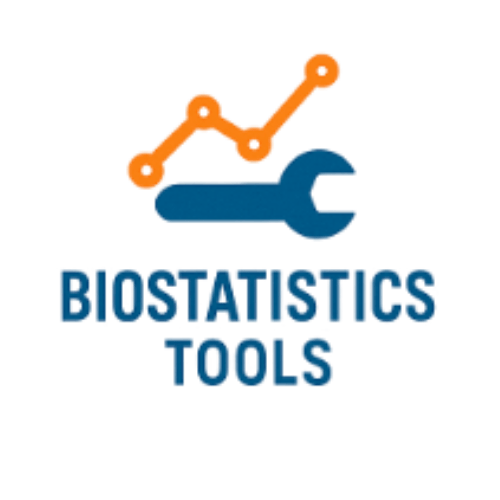Clinical Biostatistics: Tools for Life-Long Learning
"There is perhaps no other area... from which knowledge will be used every day by every physician, no matter what specialty they are in, and no matter what setting they are practicing in."
~A.N. Glaser*
*Glaser, A.N., High-Yield Biostatistics, Epidemiology, & Public Health, fourth edition, 2014.
Dr. Robert A. Calder is a preventive medicine physician who has served as a preventive medicine officer in the U.S. Army, State Epidemiologist in Florida and in numerous executive roles at Merck & Co., Inc. After retiring from Merck, he joined the faculty of the Medical College of Wisconsin and has taught medical students, residents and fellows since 2017. In addition, Dr. Calder has provided statistics talks at large meetings for Merck in several locations around the world, including Europe and North and South America. In the past year, he authored several biostatistics articles in the Wisconsin Medical Journal. When he is not teaching, he is reading, traveling, sailing, and riding his bike.
His passion for biostatistics and the education of medical providers has led him to create this free resource for all. On this site, you will find access to a 6-module course that will prepare any healthcare professional with an understanding of how to interpret statistics.
About the Course
There are six "modules" that present the essence of biostatistics to help healthcare professionals to be better consumers and communicators of the medical literature. This material has also been used to educate pharmaceutical salespersons, marketers and others who need to understand and communicate medical data.
For each module, there is a video, powerpoint slides, a handout reviewing key definitions and for several modules, a published article from the Wisconsin Medical Journal. The lecture slides also contain discussion questions/problems to reinforce key concepts. Nearly all of the PowerPoint slides have extensive notes in the "notes section" to enhance learning. The videos, lecture slides, and papers cover essentially the same material facilitating learning by all learning modalities. Moreover, the discussion questions can facilitate group learning.
These modules were developed using many of the principles from cognitive neuroscience (e.g. Brown et al., Make it Stick: the science of successful learning. Cambridge (MA): Belknap.) such as: retrieval-based learning, spaced repetition, interleaving, frequent testing, and self-explanation.
Module 1
How do we decide what treatment to use?
Module 4
What is "probability" and how is it used in medicine?
Module 2
Absolute risk, relative risk, and number needed to treat (NNT)
Module 5
Descriptive statistics and quantifying "unusual"
Module 3
Interpreting diagnostic tests with probabilistic thinking
Module 6
Creating evidence (what to know before visiting a statistician)
Access the Course
Start your journey to a clear understanding of biostatistics
